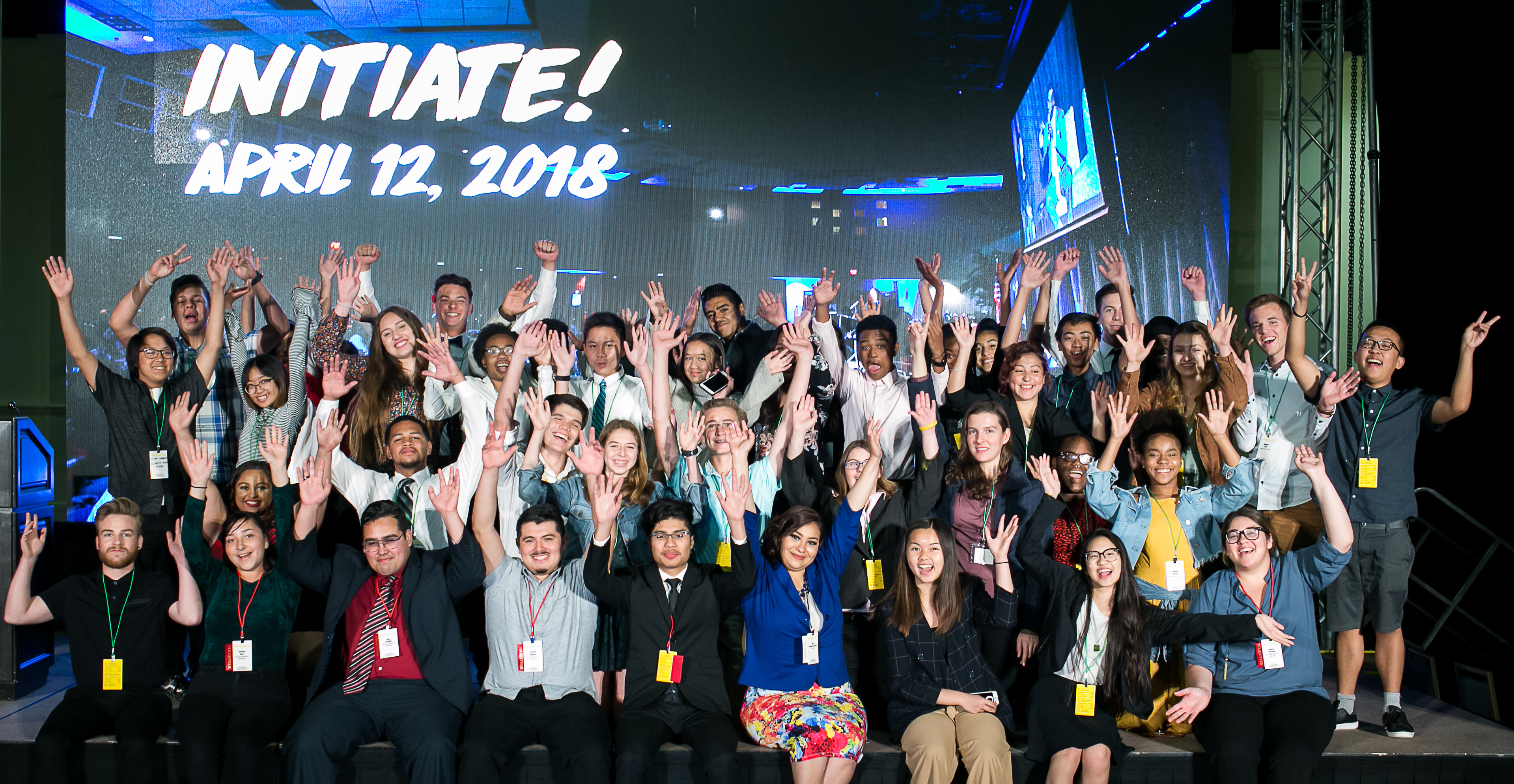
On April 12, more than 750 changemakers met for Opportunity Summit 2018: Initiate to step up community efforts to reduce youth disconnection in San Diego County. The San Diego Workforce Partnership (SDWP) welcomed some of the brightest and hardest working youth and adult leaders in the region to discuss this important issue. Here are 10 things we took away from the day:
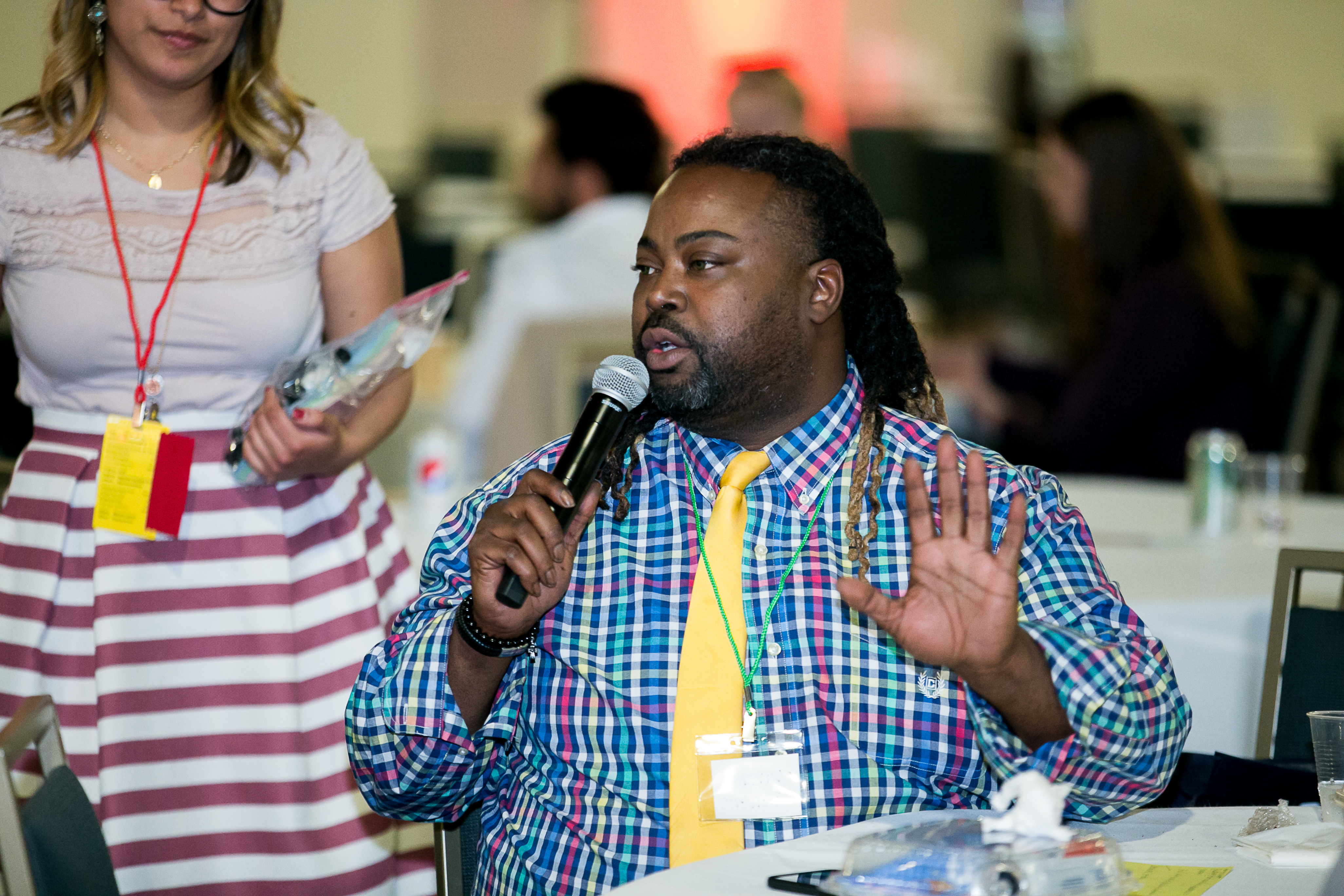 There is no shortage of work to do to create opportunity for all young adults in our region. SDWP COO Andy Hall started the day off with the newest data on opportunity youth in San Diego County. While youth disconnection decreased to 9.4% in the county, we are not on track to cut the rate to 7.8% by 2020. We need regional support to put us on course. Perhaps the most shocking revelation: we learned that San Diego County has the second highest disconnection rate for Black youth of among the largest 99 metros in the United States and the largest black/white disparity of any big city.
There is no shortage of work to do to create opportunity for all young adults in our region. SDWP COO Andy Hall started the day off with the newest data on opportunity youth in San Diego County. While youth disconnection decreased to 9.4% in the county, we are not on track to cut the rate to 7.8% by 2020. We need regional support to put us on course. Perhaps the most shocking revelation: we learned that San Diego County has the second highest disconnection rate for Black youth of among the largest 99 metros in the United States and the largest black/white disparity of any big city.- The key to decreasing the achievement gap is decreasing the opportunity gap. As we heard from young adults who have been significantly impacted by three different systems—education, criminal justice and workforce—a common theme arose: When young adults from disadvantaged backgrounds are offered opportunity, they are more than capable of breaking cycles and reaching their goals. Opportunity for all is the key to an equitable, thriving and economically competitive community.
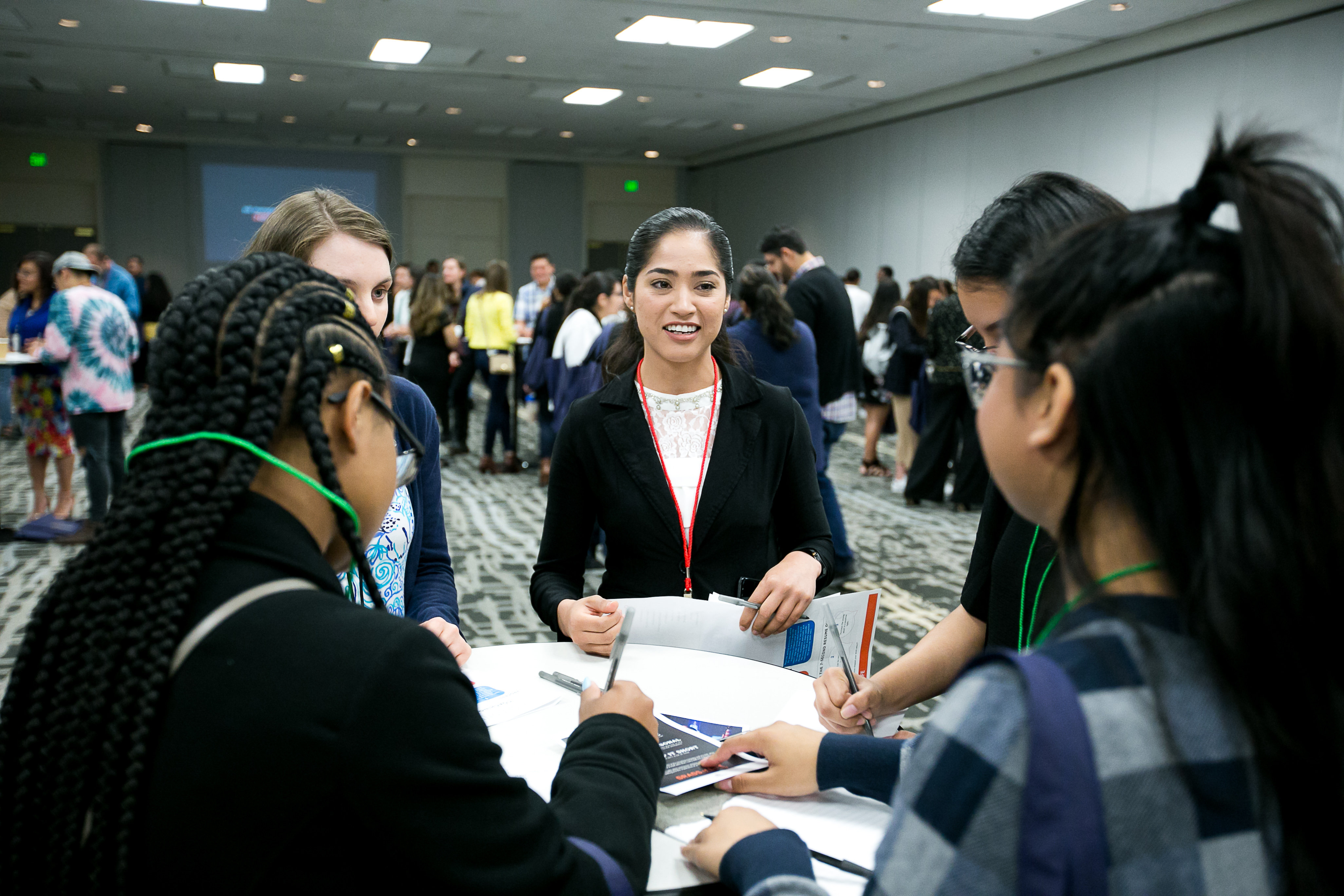 Culturally relevant campaigns and meeting youth where they spend time most are key to connecting with the disconnected. It can be difficult it to find opportunity youth to recruit for programs and work – they are disconnected from our systems by definition – but in many cases, we’re trying the same old methods of recruitment and expecting different results. Rescue Agency shared fresh, data-driven tips to reach even the most disconnected audience. One tip: “Often when we try to reach everyone, we reach no one; outreach has to be targeted and specific.”
Culturally relevant campaigns and meeting youth where they spend time most are key to connecting with the disconnected. It can be difficult it to find opportunity youth to recruit for programs and work – they are disconnected from our systems by definition – but in many cases, we’re trying the same old methods of recruitment and expecting different results. Rescue Agency shared fresh, data-driven tips to reach even the most disconnected audience. One tip: “Often when we try to reach everyone, we reach no one; outreach has to be targeted and specific.”- Free public transportation can be the key to alleviating barriers to education and employment for some opportunity youth. Mid-City Can showed us why it is so important to advocate for free public transportation for our young adults, a policy that has been adopted with success in other cities around the country.
- One way to add fairness and equity to our system is by investing in via education rather than punishment via the criminal justice system. The U.S. spends approximately $88,000 per individual in a juvenile corrections facility and only $10,616 annual per youth in school. The ACLU and Jessica McElfresh backlit this staggering fact by inviting young adults to share their stories of just how difficult it can be to find work once you have been in the school-to-prison pipeline.
- The employer role in lowering youth disconnection is about more than the bottom line. In Leveling the Playing Field, we learned about employers that are transforming hiring practices and providing inclusive pathways where opportunity youth can flourish and succeed. As Robin Primavera, Area Manager, Gap Inc./Old Navy shared, bottom line numbers are not the only thing employers should care about because we all have a stake in lowering disconnection and creating economic mobility for young adults.
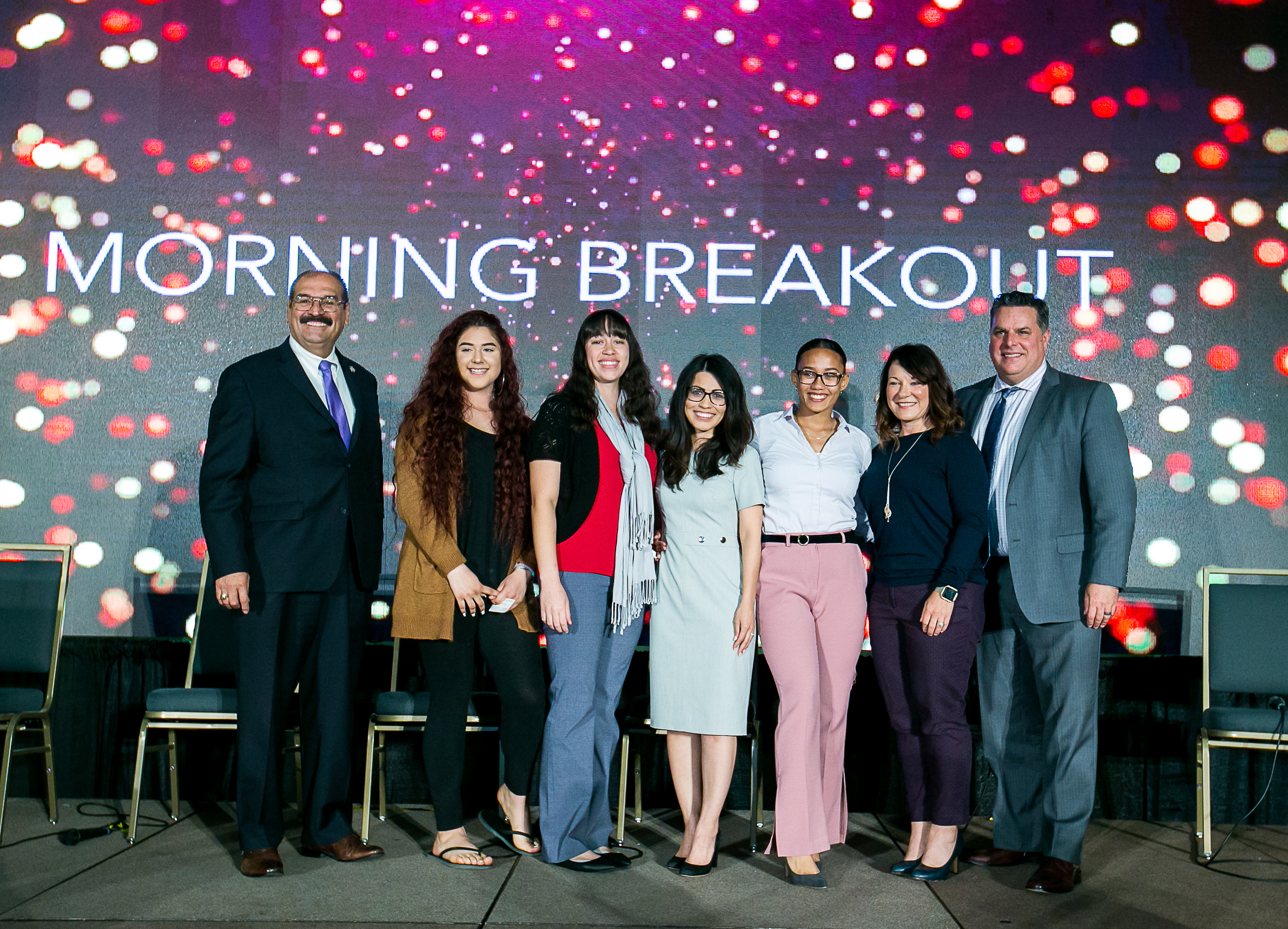 Recovery isn’t linear. One in four people will experience mental health illness in any given year, yet only a handful of people even talk about mental health. NAMI San Diego’s Alice Kellogg shared her experience with mental illness as a young adult. When asked what the one thing she’d share with someone who’s struggling is, she responded, ”You’re beautiful, you can accomplish your dreams and there is hope.” Finding hope through the ups and downs was a central theme in the dialogue around ending the stigma around mental health.
Recovery isn’t linear. One in four people will experience mental health illness in any given year, yet only a handful of people even talk about mental health. NAMI San Diego’s Alice Kellogg shared her experience with mental illness as a young adult. When asked what the one thing she’d share with someone who’s struggling is, she responded, ”You’re beautiful, you can accomplish your dreams and there is hope.” Finding hope through the ups and downs was a central theme in the dialogue around ending the stigma around mental health.- Transitions breed disconnection. The path from high school to postsecondary degree completion is disjointed—there are many, many gaps along the way. These gaps are major contributors to disconnection for opportunity youth. In high school, the ratio of college/career counselors to students is 1:854. Students who postpone enrollment in postsecondary education are 64% less likely to complete. Seventy percent of low-income students at two-year colleges do not complete a credential within 5 years. The Irvine Foundation’s April Yee presented shared goals (see slides 10–11) for high school, career and post-secondary educators to create, gain and sustain momentum through these transitions, and educators shared our impressive progress and challenges ahead in offering free college and transition support.
- Better job quality will only come with better practices from workforce development, employers and policy. The Aspen Institute’s Maureen Conway shared how the changing structure of work affects contributes to youth disconnection. One takeaway: low quality jobs for youth impede their path to economic security as an adult.
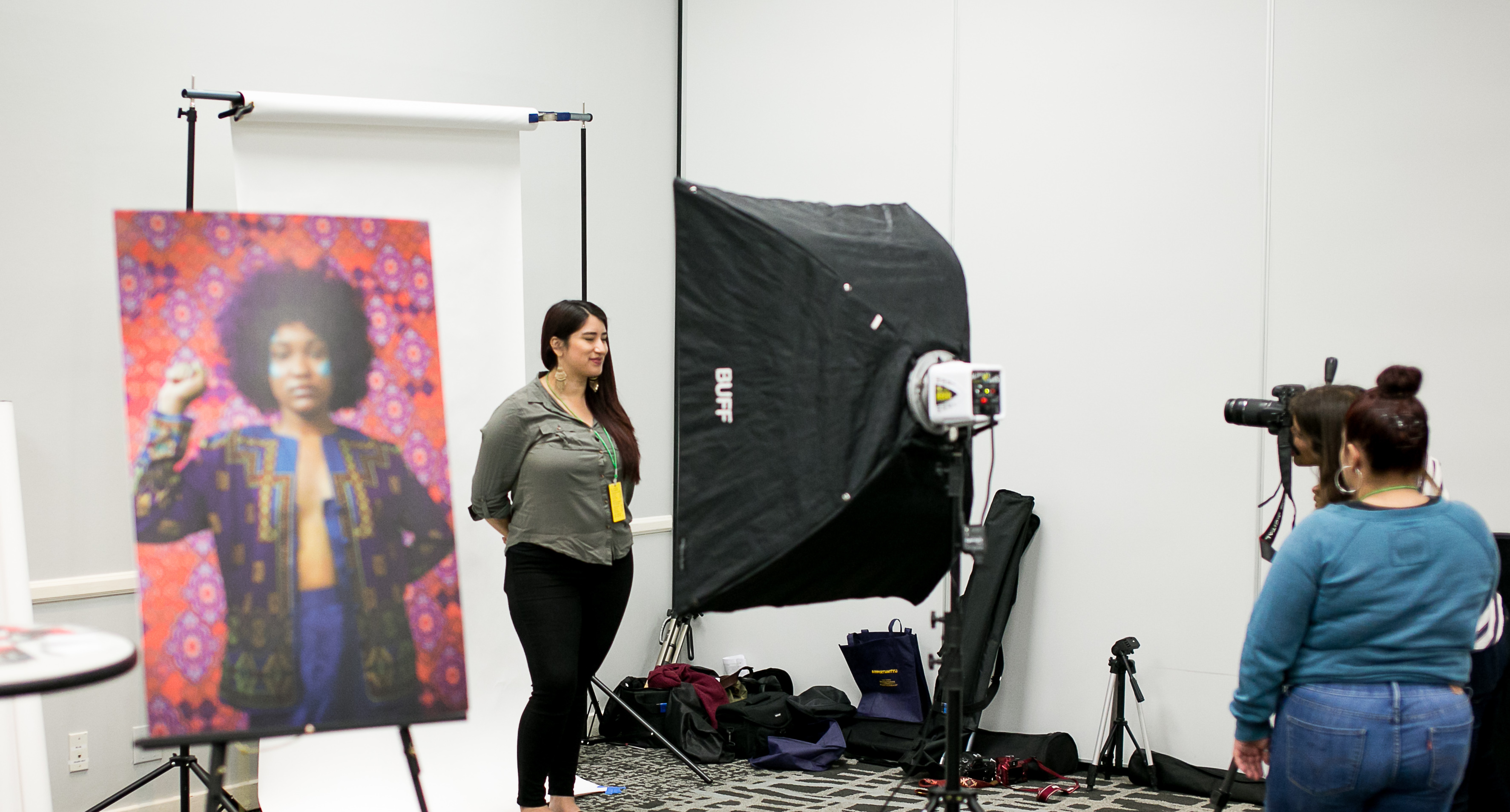 Youth voice is the most powerful voice in this conversation. A day of expert speakers and data-driven findings were both affirmed and challenged by youth voices, the undeniable star of the day. More than 150 young adults were in attendance to speak boldly about their lives, passions and aspirations through speaking roles, performing and visual arts, a social media takeover and more. Their stories help destroy the negative and inaccurate narratives around youth disconnection by elevating the real faces and voices at the forefront of the movement. If we take away one thing from Opportunity Summit 2018, it’s the imperative that young adults continue to be at the table, not only with their stories but with their creative problem solving and fresh ideas, which is exactly what we need to achieve our big-hairy-audacious goal.
Youth voice is the most powerful voice in this conversation. A day of expert speakers and data-driven findings were both affirmed and challenged by youth voices, the undeniable star of the day. More than 150 young adults were in attendance to speak boldly about their lives, passions and aspirations through speaking roles, performing and visual arts, a social media takeover and more. Their stories help destroy the negative and inaccurate narratives around youth disconnection by elevating the real faces and voices at the forefront of the movement. If we take away one thing from Opportunity Summit 2018, it’s the imperative that young adults continue to be at the table, not only with their stories but with their creative problem solving and fresh ideas, which is exactly what we need to achieve our big-hairy-audacious goal.
Opportunity Summit is an annual touchpoint for critical work to be done year-round to create equitable opportunities for young adults in our region. SDWP is collaborating with San Diego Unified School District and partners on the African American Achievement Summit happening in late May. Students will have an opportunity to share their perspective on system successes and challenges and leave with resources for navigating life after high school.
Quarterly Opportunity SD webinars are in the works. The next one is planned for early summer and will take an in-depth look at data related to the “leaky pipeline” in our education system.
Together we can lower youth disconnection in San Diego County. We look forward to continuing to work together in the coming months to transform ideas into action. Have an idea? Contact EricMorrison-Smith@workforce.org.
